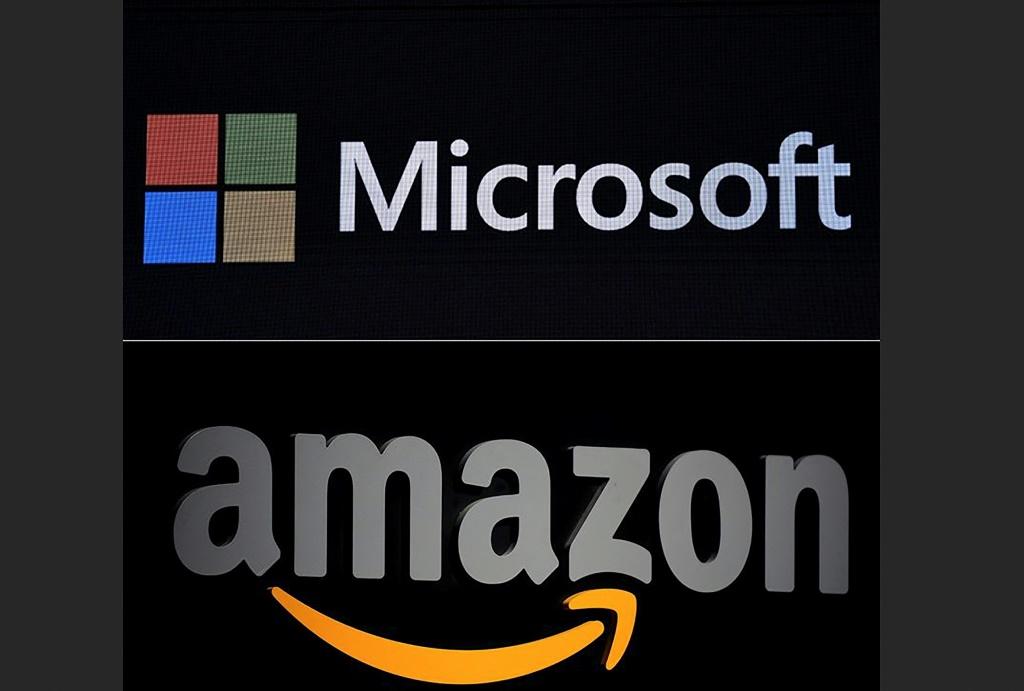The iPhone 12 series lands at the top of the smartphone price range. With its debut, Apple somewhat arrogantly announced on stage along with Verizon that “5G just got real.: It was right. The iPhone 12 may have come later than 5G phones from Xiaomi, OnePlus, and even Samsung — and it definitely costs a lot more than those others — but now Apple dominates in the 5G sales market.
Apple shipped 40.7% of all 5G phones in the last four months of 2020.
Recent numbers just shared by Strategy Analytics reveal that the company shipped 40.7% of all 5G phones in the last quarter of 2020, and 29.7% of all 5G phones in the first quarter of 2021. Considering that Apple’s only 5G phones are also its most expensive, that’s a pretty big deal. A follow-up report from Counterpoint Research featured even more impressive numbers. The research says that the iPhone 12 series as a whole had sold over 100 million units by April, two months earlier than when the iPhone 11 hit the same mark and comparable to the iPhone 6 “supercycle.”
A pattern emerges
As far as stats go, it’s more than a little bit incredible. Not only did Apple have one of the best years ever — during a worldwide pandemic and an economic downturn — but it outperformed rivals who had a head start of years in pushing a promising technology to the level of ubiquity.
This doesn’t mean that Android manufacturers will fall way behind in 2021 as far as sales go. While Apple dipped a little due to iPhones being frontloaded in sales, Samsung released a bevy of phones capable of 5G across all price points, ranging from the S21 to the A72 to the lowly A32. It has been pegged as the fastest-growing 5G vendor, and it isn’t slowing down.
“Yes, Samsung has been a pioneer in this category, similar to how it kickstarted large-screen phones, which Apple adopted after two to three Galaxy Note generations and immediately saw its best “supercycle” with the launch of the iPhone 6 Plus in 2015. The same thing is happening with the 5G market. Apple was late to the party but instantly became the leading vendor in the 5G smartphone segment,” Neil Shah, partner and research vice president at Counterpoint Research, told Digital Trends via email.
The power of Apple
The biggest takeaway from all this is something we’ve known for ages. Android phones may offer the newest and shiniest screens, and they may have kickstarted mobile payments, smooth displays, and so on — but these features will still really only hit the mainstream and become a necessity when Apple powers them.
Apple is the only vendor on the planet which can help scale a particular technology or component type.
This does not mean that Apple can, by itself, will a market into existence. It failed to do so meaningfully with smaller phones. It does mean that for niche and growing markets such as foldables, innovative products such as Samsung’s upcoming Galaxy Z Fold 3 and Flip 3 5G may turn out to be a “good start,” but Apple might be needed to make the category “real” for a majority of people. It’s even possible that the current form of foldable may not be reflective of the future market should Apple end up adopting a different form factor than what Samsung currently designs. Should the company opt for a rollable in the vein of TCL, the foldable market could end up looking very different in the future.
“Apple is the only vendor on the planet which can help scale a particular technology or component type. Without scale, it is difficult to lower the costs of displays, and the foldable could remain $1,000 and above until Apple launches the devices. Apple will drive the foldable value chain to mainstream and generate scale for the component suppliers, which in turn will sell to the rest of the [manufacturers] to take it to mass-market levels. Though the foldable won’t reach sub $200-levels until the end of this decade,” Shah added.
Cheaper foldables might be on the way, but the pricing is certainly unlikely to be nowhere near affordable at this time. Samsung is said to be dropping the pricing of the Galaxy Z Fold 3 by well over $200 to just over $1,000. The company is also thought to be investing in a Galaxy Z Flip 3 Lite as part of its mission to make foldables more “accessible,” though details are still scarce.
“In the first few generations of foldable devices, we believe component suppliers and brands will continue to experiment with the form factors for foldable or rollable or flip … or stretchable displays. However, in the short-[term] to midterm, there will be one or two form factors that will continue to dominate as they will be selling the particular form factor at scale. Further, the yield rates for producing these displays are quite low, which keeps the costs high. Hence, suppliers also will like to stick to one of two form factors to remain profitable and keep the yield rates high,” Shah said.
On an anecdotal level, Apple’s iPhone 12 availability has coincided with broader 5G access in my day-to-day life. Using a 5G-capable phone in the U.K. has gone from something that was rare to something that is nigh ubiquitous overnight. Does Apple have something to do with it? Probably not directly, but the feeling of the iPhone 12 making 5G “real” is not going to be limited to Verizon or the U.S. I get the sense the same will happen if and when Apple launches its first foldable.
Editors’ Recommendations
- Apple iPhone 13: Everything we know so far
- Best cheap iPad deals and sales for July 2021
- Best 4th of July phone sales and deals for 2021
- Qualcomm says it’s ready to compete with Apple’s M1 chips
- Rumors and renders reveal Samsung’s Galaxy Z Fold 3 and Z Flip 3 5G.



